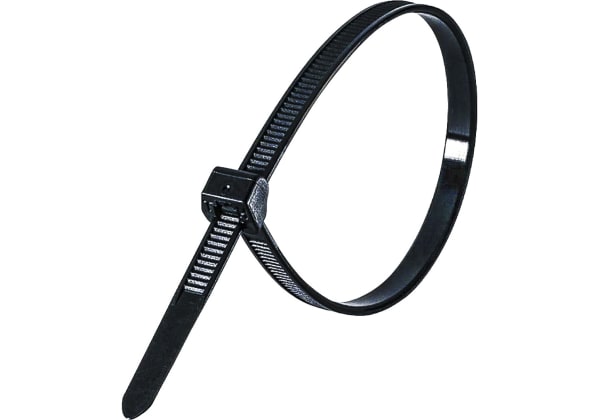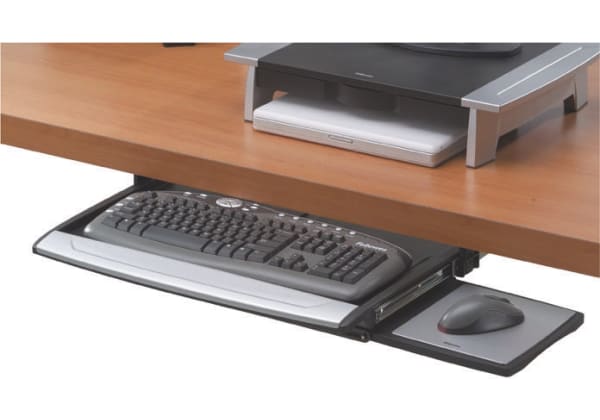- Published 24 Jan 2023
- Last Modified 29 Aug 2023
- 10 min
A Complete Guide to Portable Data Storage
Our guide will help you understand what portable data storage is, its advantages, and what products are available.

This introductory guide is designed to give you a clear and simple overview of portable data storage.
We will help you understand exactly what portable data storage is, how it’s used, and what advantages it can offer. We will also help you decide which are the best storage products available for you to buy for your specific needs.
The ideal way to do this is by exploring some of the most popular formats of portable data storage products sold online. For the purposes of this guide, these will include USB memory sticks and pen drives, external hard drives and disk drives (portable HDD), SD cards, and micro SD cards.
What is Portable Data Storage?
Simply put, data storage devices generally refer to any product intended to capture, hold, transfer and release digital information. This might include text files, photos and images, programs and apps, or audio and video recordings.
Today, most consumer-grade data storage devices can work with all of these file types, and more. Nearly all portable data storage devices sold online are bought for recording, editing, or archiving this digital information on the go. In the vast majority of cases, they are also purchased as a convenient way to increase primary storage and transfer files easily between different host devices.
Being removable, they allow users to capture information on one device - say, a camera or smartphone - and then retrieve, view, edit or store it on another (often a computer). This is an important feature of modern data storage solutions since many small and portable devices can have quite limited onboard memory capacity.
When buying products in this category, you will find hundreds of brands, models and formats available online. To name just a few, some leading global brands in this field include:
- Adata
- ATP
- Integral Memory
- Kingston
- Lexar
- Panasonic
- Samsung
- Seagate
- SanDisk
- Toshiba
- Transcend
- Verbatim
- Western Digital
Among our customers, the most popular products in this category tend to be external hard drives, memory cards, and USB or flash sticks. There are also various other subtypes of machine-readable digital data carriers sold online, which we will outline briefly later on.
The key to buying the perfect removable data storage device is knowing which format will suit your specific requirements and hardware setups. The best portable data storage devices for computers, for example, may look and function very differently to the ideal solutions for photographers.
While many data storage solutions will be compatible with various sorts of hardware, this is usually just to allow data transfer between devices. You will typically need to use a specific type of portable storage to capture your data in the first place, depending on what sort of equipment you want to install it in.In the majority of cases, you will get the best value and performance when using each type with the hardware, device, or application it is primarily intended for.
As a general rule of thumb:

Hard Drives
External hard drives tend to be used for data capture and transfer between different desktop computers and laptops.
Popular sizes - usually given in terabytes (TB) for today’s higher-capacity models - include 1TB, 2TB and 4TB external hard drives.
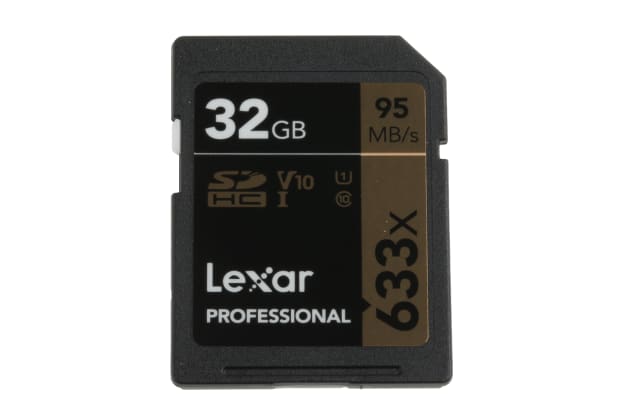
Memory Cards
Memory cards (SD cards and Micro SD cards) are more often used in various portable devices, such as digital cameras, smartphones and tablets.
They are sold in a broad range of capacities and speeds, as well as in multiple different physical sizes.
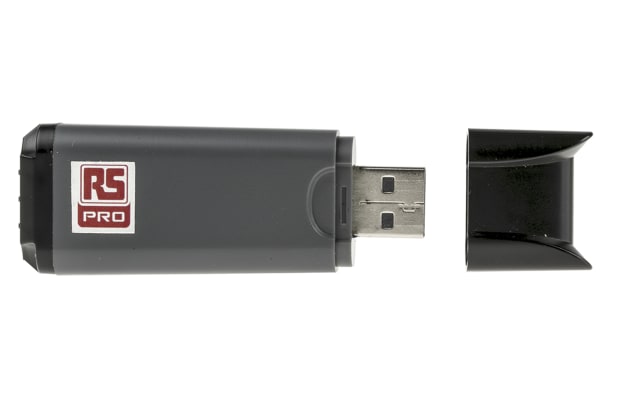
USB Memory Sticks
USB memory sticks are typically used as a short-term solution for physically moving files around between devices.
They are less often employed as the primary capture source, although there may be exceptions in specific scenarios.
Advantages of Portable Data Storage
The main advantages of portable data storage are:
- They allow you to capture information in the field and on the go. This could be done using a digital camera, a smartphone or tablet, a laptop, or an audio recorder (dictaphone). In short, they can be used in almost any modern portable or handheld device with the ability to log information as a digital file
- They allow for the easy transfer of these files between device types. This makes it much easier to view and edit files on a different piece of hardware, commonly a desktop or laptop personal computer (PC)
- In doing so, they also enable the user to move their files from their smaller portable devices into longer-term digital storage. This is often on a larger data storage medium, such as a high-capacity hard drive
- Plug-and-play portable storage usually provides far higher memory capacity than what is built into the base hardware as primary storage. You can often capture or record more/larger files using some form of USB flash, external HDD, or other portable data storage than you would be able to using the onboard memory
You will often see the storage capacity of these products described in terms of their available ‘memory’. This is often stated as a quantity of MB (megabytes) or - more commonly for modern, higher-capacity host devices - in GB (gigabytes, or 1,000 MB). While this is legitimate usage, it is important to be aware that the term ‘memory’ can refer to various aspects of hardware performance and ability.
In data storage terms, any mention of ‘memory’ will tend to refer explicitly to the product’s maximum capacity, i.e. how much data you can fit on it before it is full. Different data storage products are made with different types of memory.
The main ones you will come across when buying hard drives, SD cards and USB sticks are typically non-volatile memory. This means that the device has a type of memory which allows data or stored information to be retrieved even after being power cycled. This is different from volatile memory such as RAM/DRAM.
Portable Data Storage Products
You will find a huge variety of portable data storage brands, types and formats available today. In this section, we will look a little more closely at some of the most popular and best value products available for general use in modern computers, laptops, cameras, phones, and other personal tech devices.
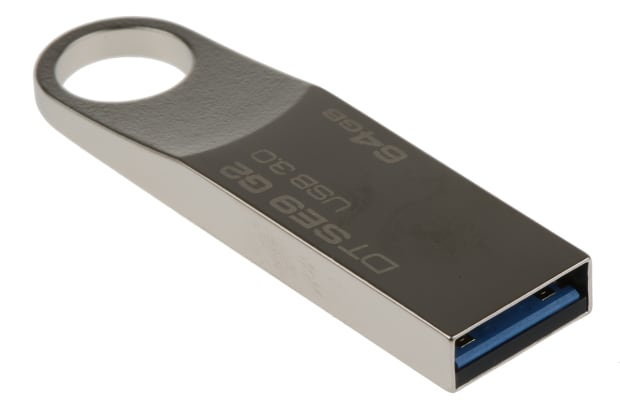
USB Sticks
When it comes to cheap and widely available methods of portable data storage, USB sticks are one of the most widely used and familiar formats sold online. They are often referred to as flash drives, pen drives, jump drives, or memory sticks.
A typical memory stick USB drive can be anywhere from a couple of centimetres to three inches in length. Older models were often roughly thumb-sized, hence the casual term ‘USB thumb drive’, but many of today’s newest versions aren’t much bigger than a fingernail.
Pen drives of this type are often extremely portable, come with a range of adapter types (including USB-A and USB type-C) and can be bought in a huge range of capacities. Anywhere from 512MB to 256GB is common, but you can find up to 1TB USB sticks for more specialised professional uses. File transfers tend to be a very simple drag-and-drop process when using a USB stick, and modern versions are reasonably speedy.
USB storage tends to be reliable and fairly robust, having no moving parts. The ubiquity of the USB connection standard means they are very easy and quick to connect to all manner of hardware. A pen drive or memory stick can be read by PCs and laptops, TVs, games consoles, and many other variants of type-A plugs with USB inputs.
However, they are generally less suitable for moving very large, memory-intensive or data-rich (e.g. audio/video) files between hosts than some other product types. The low cost of USB flash drives means they don’t always have the fastest onboard memory controllers. They can also tend to heat up fairly rapidly under heavy workloads, which will slow their performance further.

External Hard Drives
When it comes to portable data storage devices for computers, an external hard drive (portable HDD) is an understandably popular choice.
They are widely used both for expanding the storage capacity of a PC or laptop and for making your digital files more easily transferable between devices in different locations. For example, portable hard drives are often a go-to method in offices for moving important documents between work and home computers.
Picking out the best external hard drive for your needs will depend on various key factors. Of these, overall storage capacity is likely to be the most important by far. Portable hard drives commonly come in 1TB, 2TB and 4TB capacities, although we stock versions ranging from 128GB up to 8TB for more specific use cases.
Below, you will find an approximate guide to average storage capacities by file type:
- 250,000 photos on a 12-megapixel camera
- 500 hours of SD video, or 250 standard definition movies
- 6.5 million rich text documents - roughly equivalent to 1,300 standard filing cabinets
- 500,000 photos on a 12-megapixel camera
- 1,000 hours of SD video, or 500 standard definition movies
- 13 million rich text documents - roughly equivalent to 2,600 standard filing cabinets
- 1 million photos on a 12-megapixel camera
- 2,000 hours of SD video, or 1,000 standard definition movies
- 26 million rich text documents - roughly equivalent to 5,200 standard filing cabinets
There are a few other advanced features and models of external hard drives that you might want to consider. Some only really apply when buying for more specialised, professional or industrial uses. These can include:
- Form factor and interface type (slim, M.2, SATA, HDD, SSD, PCIE, USB, etc)
- Max read/write speeds
- Total ‘terabytes written’ ratings (a measure of likely longevity)
- Physical dimensions
- Bundled/built-in software for cloning or encryption
- Construction materials, casing, and overall physical durability
- Industrial operating temperature ratings
- Add-on cloud connect and cloud storage features
Other hard drive types include desktop (internal) hard drives, floppy disk drives, NAS drives and Solid-State Drives (SSD).

SD Cards and Micro SD Cards
The ‘SD’ in SD card stands for ‘secure digital’, a proprietary format developed (in part by leading SD card maker SanDisk) around the turn of the millennium. Today, memory cards have been adapted for use in a very wide range of tech devices.
They are most commonly associated with digital cameras, audio and video recorders, smartphones, and tablets. Although any appropriate type and make of memory card will work in a suitable device, people often tend to search by the brand of handheld device they are using. Examples include ‘SD cards for GoPro’, ‘SD cards for Switch’, ‘SD cards for Android’, and so on.
SD cards and Micro SD cards are available in a wide range of read/write speeds and capacities. Micro SD cards are physically smaller versions, generally designed for use in physically smaller devices. Both types are popular and relatively low-cost removable data storage media.
Most types of cameras, camcorders, phones and tablets that are designed for expandable storage capacities come with SD card slots built-in. Many PCs and laptops can also take this type of card directly. For those that can’t, there is also a wide range of adapters available. These often feature a USB or micro-to-standard SD interface. Inserting the card into an adaptor often allows it to be read by a host device that does not have an on-board port suitable for the card itself.
SD Card Capacity and Speed
As with other types of portable data storage, memory cards tend to be sold primarily by storage capacity. This is usually given in GB or MB, with popular choices including 64GB Micro SD cards and 128GB SD cards. Bear in mind that a single higher capacity card can cost significantly more than an equivalent number of lower capacity ones, although they can often operate slightly faster.
A common source of confusion when buying memory cards is the acronym you will see on the packaging, reading either SDUC, SDXC, or SDHC. These refer to the varying standards that qualify them for maximum capacity thresholds.
The code SDUC, when applied to SD cards, indicates ‘Secure Digital Ultra Capacity’. This tends to support cards up to 128TB, i.e. the very top tier of maximum storage space (generally only required for highly specialised professional applications). This standard was only announced as recently as 2018.
A more typical consumer-grade high-tier category would be SDXC, meaning ‘Secure Digital Extended Capacity’. This can be applied to any memory card supporting storage capacities up to a maximum of 2TB (still relatively high for this format)
SDHC is a common basic or entry-level tier, supporting memory cards with high capacities (usually 4GB or more). Here the acronym stands for ‘Secure Digital High Capacity’.
‘Speed class’ for these cards is another guideline you will want to pay attention to, particularly when buying online. It refers to how quickly they can write, or store, new information as it comes in. It is typically stated as 2, 4, 6, or 10, with 10 being the fastest. You may also see video speeds stated on packaging in the format V6, V10, V30, V60, or V90.
Getting the best deal on SD cards is usually a case of balancing out your day-to-day storage needs against read speed, convenience, and future-proofing.
